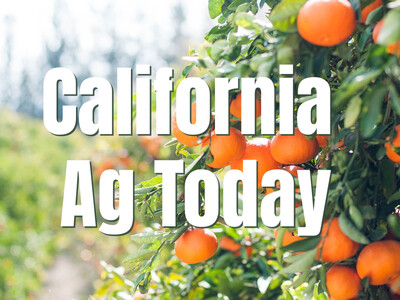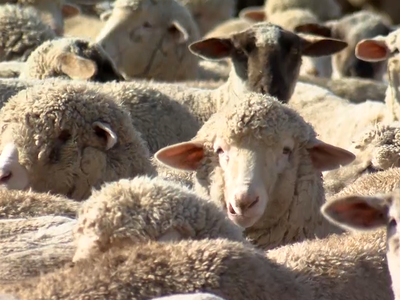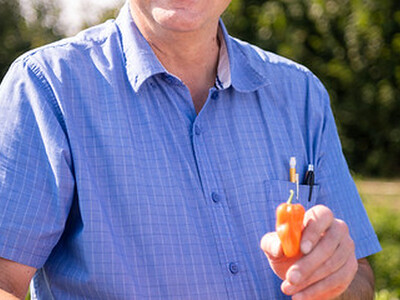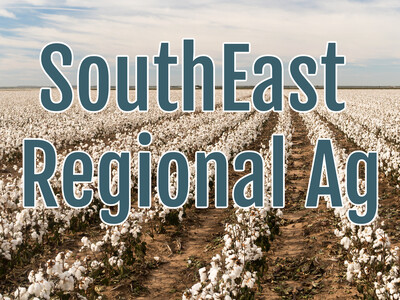Drought and barley
“Conditions are so bad, even irrigation got hurt,” Idaho Barley Commission Chairman Wes Hubbard said.Hubbard farms in the Bonners Ferry area near the Canadian border.Operators of irrigated farms around the state tell him they expect barley yield declines of 10-20%. He expects yields on Idaho dryland farms — including his own — to be down around 50%.
Idaho led the nation in barley production last year.
USDA’s National Agricultural Statistics Service forecasts Idaho barley production at 37.3 million bushels, down 32%. Harvested area is expected to be down 40,000 acres to 460,000. The originally forecast yield of 81 bushels per acre is down 29 bushels.
Last year’s production hit a record high, and the current forecast is a bit conservative, Idaho Barley Commission Administrator Laura Wilder said.
“I’m hopeful things won’t be quite as bad, but until the harvest comes in, there is concern about 2021 production,” she said. The industry also is concerned about crop quality and protein levels.
“We are hopeful growers are able to make the best of this difficult drought season,” Wilder said. “It’s a tough year all around.”
The July 29 U.S. Drought Monitor said much of Idaho’s far northern panhandle and the central mountains are in exceptional drought. Many of the state’s other barley production regions are in moderate or severe drought.
Though he had not yet started harvest Aug. 2, “I’m ready to just put this year to bed and get some rain,” Hubbard said.
Juliet Marshall, University of Idaho plant pathologist in Idaho Falls, said barley growers are more than halfway through harvest in the south-central region and just starting in the higher-altitude east.
“It should have been in full swing now in the Idaho Falls area except for the rain that happened over the weekend (July 31-Aug. 1),” which “will delay harvest and also potentially damage the crop in the field,” she said.
Barley branches out, or grows “tillers,” to produce seed heads. The rain “may result in re-initiation of tillering of the dryland barley crop — which sounds good, but with late tillering you end up with a crop that won’t dry down or contribute to yield before the cold sets in,” she said.
Brewers prefer barley protein in a narrow percentage range that optimizes chemical composition and extraction capability.
Due to prolonged extreme heat, “what we’ve seen so far is that there is a substantial reduction in yield,” Marshall said. “The amount of ‘thins’ is up, and the proteins are ranging all over the board but tend to be considerably higher.”
High spring and summer night temperatures reduced grain fill, and in many cases increased protein levels, she said. She sees fusarium head blight much farther north and higher in elevation than usual, another impact of high heat and hotter nights.
Barley yields “have tended to be down anywhere from 10% to as much as 50% depending on the level of irrigation consistency,” Marshall said.
“And of course, our dryland situation is particularly poor,” she said, adding that yields could fall below the 10-year average by half or more in some dryland areas.
Mike Wilkins and his son, Dusty, initially worried about the quality of their barley crop in the Rupert-Paul area.
“But the quality is pretty good,” Mike Wilkins said. “We were worried about the heat when filling heads out. A lot of it is luck.”
He said the harvest is about a week ahead of normal, and yields look to be down 8-10%. The farm, unlike some around it, had access to its usual amount of water “and we put plenty of water on it.”
To the north and east, Dwight Little of Newdale said recent rain and cold slowed crop progress and pushed his harvest start date back a week to around Aug. 11.
“At best it will be an average crop” and “not a bin-buster by any means,” he said.
Hubbard said prices are good, “but you need to have something to sell.”
Barley that falls short of brewing or milling specifications could be sold into a feed market that shows high demand, he said.













